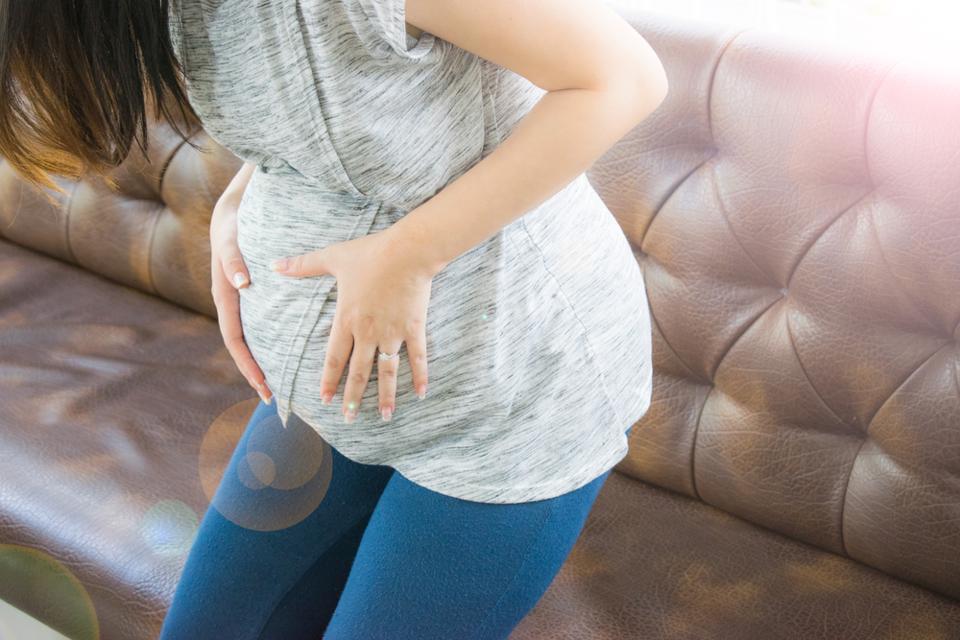
The principles of posture for a pregnant woman are the same as for anyone else: the natural curves need to be maintained. Maintaining a good posture throughout entire pregnancy involves challenges that come in the form of physiological, biomechanical, and psychological changes.
The first challenge is- – slouching when tired or nauseated. For some women, their tummies begin to relax and retain more fluid with advancing pregnancy—they find it hard to snap their pants at a time when they think they should not be showing yet. Psychologically this can result in—more slouching!
Pregnant women need to be encouraged to maintain good posture right from the very beginning. The postural muscles need to be working correctly so that they will be in tone before they take on the added work of supporting the weight increase that is on its way.
The stronger the back, deep pelvic, and abdominal muscles, the easier it will be to maintain good posture during pregnancy, and after birth as well. So, this is a perfect time to practice.

The Correct Way to Stand During Pregnancy
- Hold your head up straight with your chin in. Do not tilt your head forward, backward, down or sideways.
- Make sure your ear lobes are in line with the middle of your shoulders.
- Keep your shoulder blades back and your chest forward.
- Keep your knees straight, but not locked.
- Stretch the top of your head toward the ceiling.
- Pull your stomach in and up (as much as possible!). Do not tilt your pelvis forward or backward. Keep your buttocks tucked in.
- Point your feet in the same direction, with your weight balanced evenly on both feet. The arches of your feet should be supported with low-heeled (but not flat) shoes to prevent stress on your back.
- Avoid standing in the same position for a long time.
The Correct Way to Sit During Pregnancy
While Using Support
- Sit up with your back straight and your shoulders back. Your buttocks should touch the back of your chair.
- Sit with a back support (such as a small, rolled-up towel or a lumbar roll) at the curve of your back. Pregnancy pillows are sold at many retailers.
When not using a back support
- Sit at the end of your chair and slouch completely.
- Draw yourself up and accentuate the curve of your back as far as possible. Hold for a few seconds.
- Release the position slightly (about 10 degrees). This is a good sitting posture.
- Distribute your body weight evenly on both hips.
- Keep your hips and knees at a right angle (use a foot rest or stool if necessary). Your legs should not be crossed, and your feet should be flat on the floor.
- Try to avoid sitting in the same position for more than 30 minutes.
- At work, adjust your chair height and workstation so you can sit up close to your desk. Rest your elbows and arms on your chair or desk, keeping your shoulders relaxed.
- When sitting in a chair that rolls and pivots, don’t twist at the waist while sitting. Instead, turn your whole body.
- When standing up from the sitting position, move to the front of the seat of your chair. Stand up by straightening your legs. Avoid bending forward at your waist. Upon standing, do several pregnancy-safe back stretches.

It is OK to assume other sitting positions for short periods of time but avoid sitting in one posture for long to avoid minimal stress on your back. If you have back pain, sit as little as possible, and only for short periods of time (10 to 15 minutes).
Disclaimer
The Content is not intended to be a substitute for professional medical advice, diagnosis, or treatment. Always seek the advice of your physician or other qualified health provider with any questions you may have regarding a medical condition.
